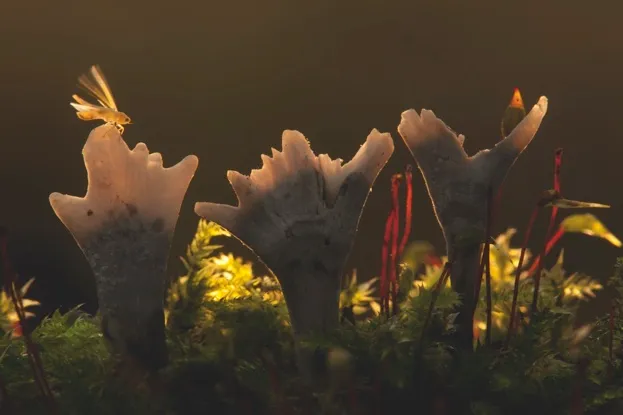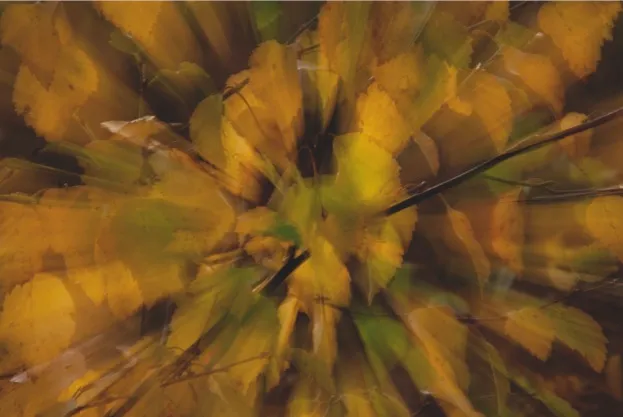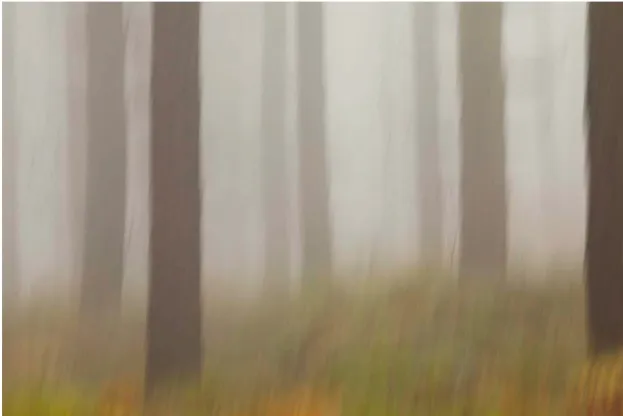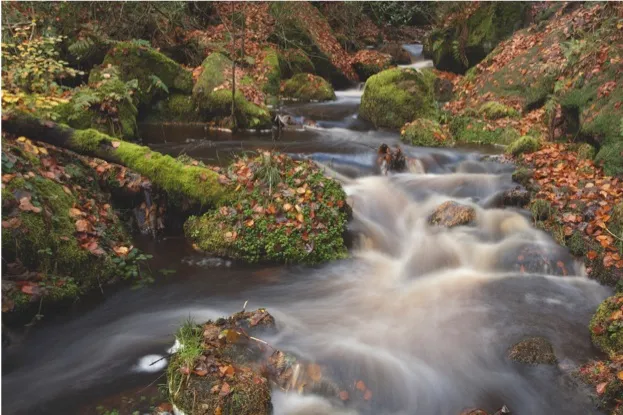Autumn is the wild world’s way of preparing for the cold winter ahead. Trees shut up shop and create the most stunning natural show, fruits hang heavy from branches, acorns and beech nuts rain down, and mushrooms appear as if by magic from the forest floor.
Wherever you live, there should be a woodland nearby offering no shortage of potential subjects and ideas. Use a long lens (at least 300mm) to photograph a jay caching acorns, choose a macro lens and concentrate on individual leaves, berries or fungi; or try a wide-angle zoom lens (such as a 24–70mm) to capture the whole beauty of the season. Misty mornings, when the sun is low in the sky, can be atmospheric and provide opportunities to shoot into the sun for backlighting, or to use shafts of sunlight as compositional elements as they play across the woodland floor.
You don’t need an expensive SLR, either – many compact and bridge cameras are ideal for both macro and landscape work. The strength of your images depends solely on how you interpret this vibrant seasonal show.
Autumn is also a great time to play with zoom-blur, as the contrasting colours enhance the effect.
Here are my tips for photographing wildlife in autumn.
1
Photograph scenery (main image, above)
I took this photograph in beech woodland close to my home in Sheffield. I love beech trees in autumn because they rarely fail to put on a brilliantly colourful show. It was a damp October day, with a bright but overcast sky. I picked a moment when there weren’t any people in the shot because I wanted the path and image to have a fresh, inviting quality.
- Get technical
I used a tripod, cable release and wide-angle zoom (28–135mm) set at f32 to maximise my depth of field. The tripod not only held the camera steady but gave me more time, which enabled me to fine-tune the composition. - Keep your balance
I used the cloudy white balance setting on my digital camera to add punch and saturation to the leaves’ colours – automatic white balance can sometimes diminish natural colours, especially in duller light. - Position pathways
The path is set to the left to emphasise the size and colour of the beech trees sweeping over it. The bracken in the corner partly balances the trees, and the seat draws the eye into the image.
2
Capture activity

Autumn is a great time of year to photograph bank voles, because that’s the season when populations are at their highest. To get this portrait I baited this individual with sunflower seeds at the location I had in mind. I set the birch leaves in a pleasing arrangement at the end of a small hollow log, and lay down in wait. I used a 300mm lens and 1.4 converter, and set my camera to silent drive mode.
3
Shoot detail

This small candle-snuff fungus is common in autumn, growing on dead wood. For this image I used a macro lens at f25 and went out in the afternoon, when the sun was low enough to backlight the plants (you can use a torch instead if the sun isn’t out). Backlighting adds impact and emphasises the species’ attractively uneven edges. Lots of small flies were zipping around, so I waited until one landed for the final touch.
EXPERT TIP:
The position of view (POV) is a vital factor when composing your images. Getting down low with a tripod or beanbag adds a feeling of intimacy when working with small mammals or fungi.
Paul Hobson
Three ways to use blur
1. Zoom-burst leaves

I created this image of autumn leaves using a zoom-burst. To do this, set your camera to its lowest ISO and highest f number to get the lowest possible speed. Then, with a zoom lens, zoom in or out as you take your photograph. Dull days give the best results.
2. Fading tree trunks

As with zoom-burst, you need as low a speed as possible to achieve this effect. Place the camera on a tripod and keep the head loose. Then move the camera up or down as you take your shot. Experiment to get the effect you like best.
3. Softened streams

Swollen autumn streams are full of movement and look great in blur. You need a shutter speed of 2 sec or more. A neutral density filter can help reduce speed. Use a tripod and cable release or the two-second timer to eliminate camera shake.
